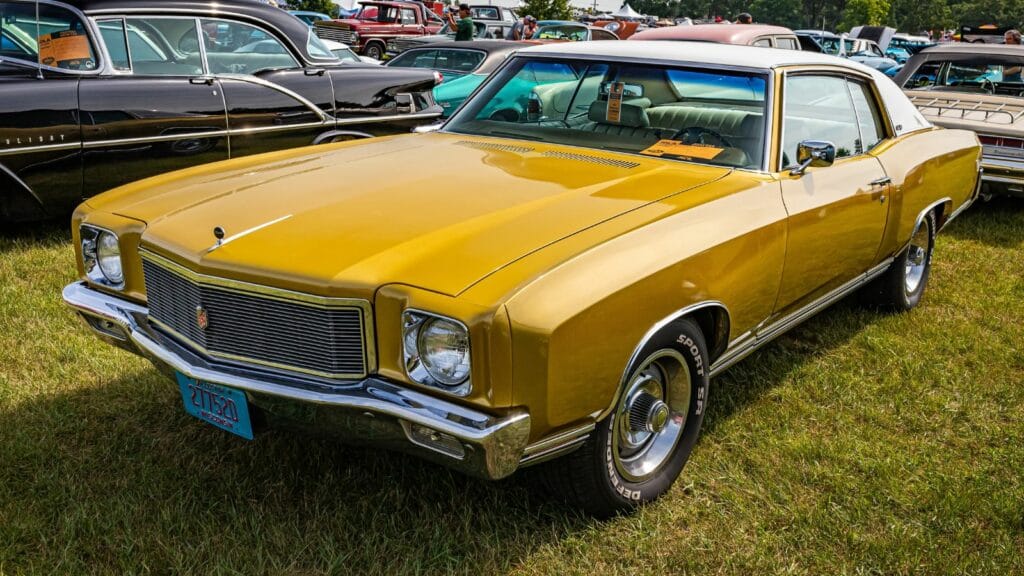The muscle car era of the 1960s and 70s gave us some of the most iconic machines ever built—cars with wild styling, thunderous V8s, and enough straight-line speed to make your heart skip. But cornering? That was another story. Many muscle cars were built for quarter-mile glory, not twisty back roads. Here are 15 of the worst-handling cars from that golden but sketchy age.
1970 Dodge Challenger R/T 440 Six Pack
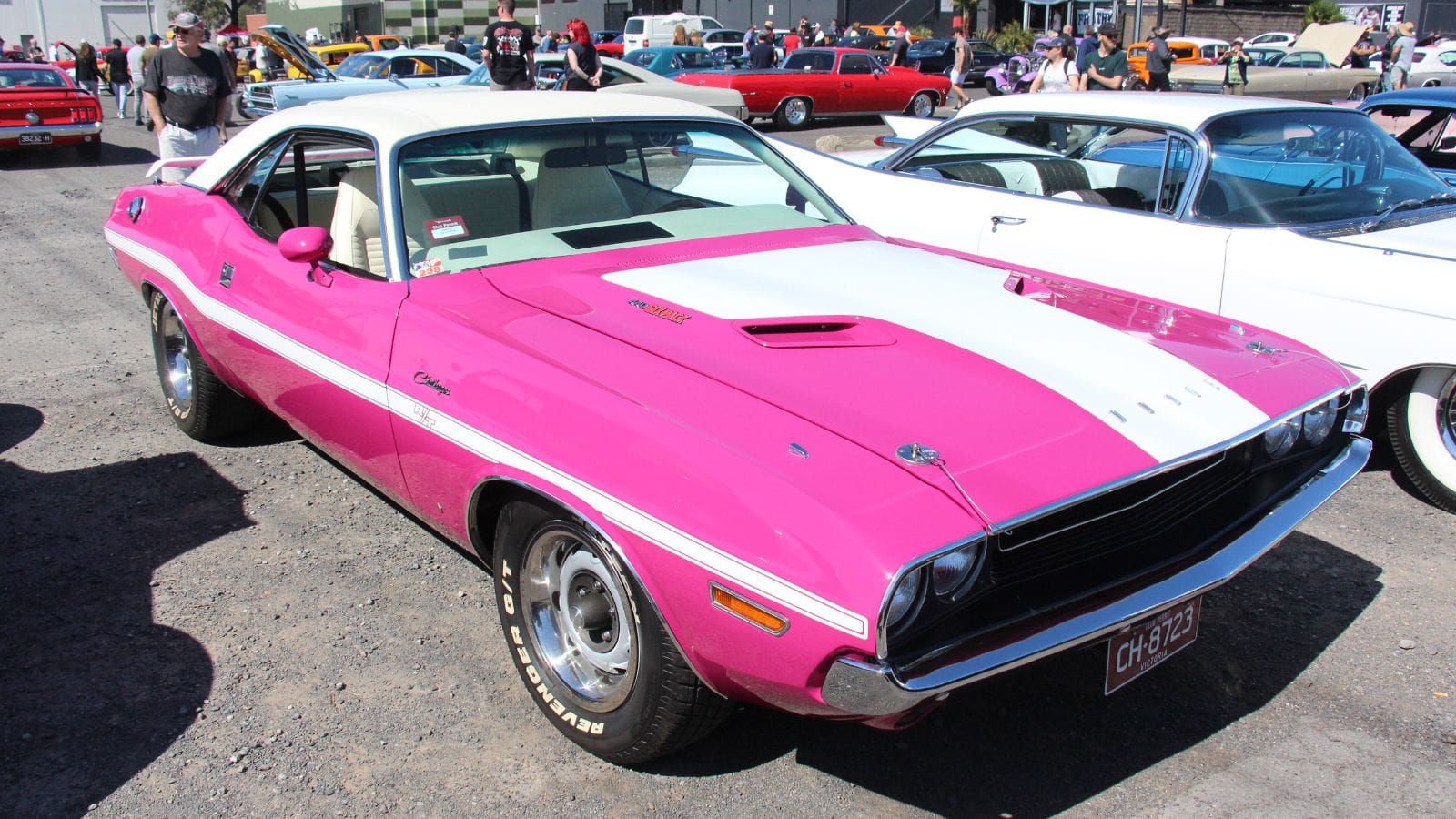
The Challenger looked like a dream on a drag strip, especially with the mighty 440 Six Pack. But despite its brute power, it felt like steering a sofa through corners. The weight up front made understeer almost guaranteed, and the suspension tuning favored straight-line blasts over finesse. Drivers got the thrill of speed but not the confidence of control.
1969 Pontiac GTO Judge
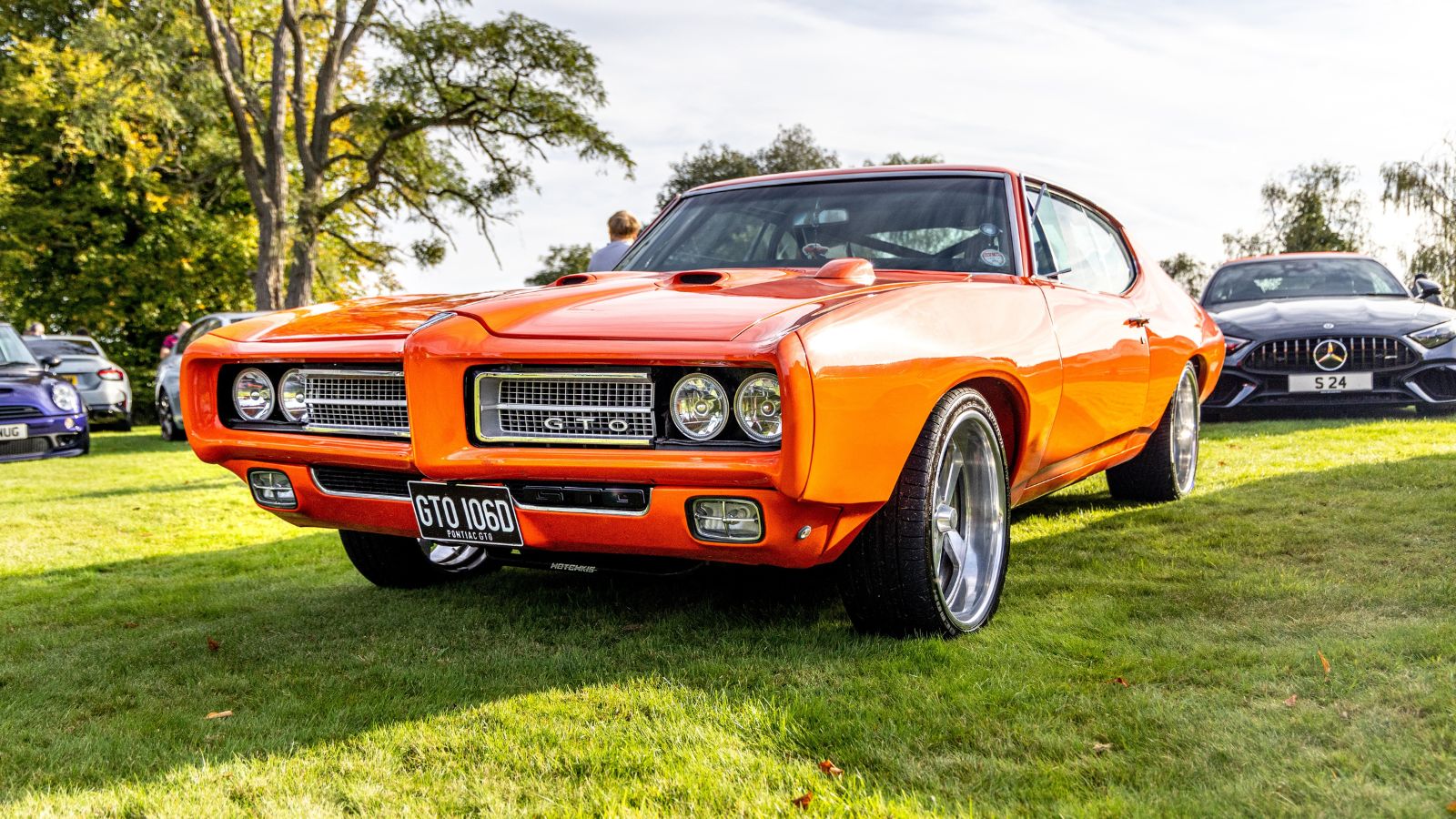
The GTO Judge was an icon with style and serious power, but its handling was anything but sharp. With a heavy frame, soft suspension, and bias-ply tires, it felt like it was floating through corners rather than carving them. It was great for a smoky burnout, but taking on a curvy road was a white-knuckle affair.
1971 Chevrolet Monte Carlo SS 454

The Monte Carlo SS was more muscle-luxury cruiser than canyon carver. With nearly two tons of weight and a massive 454 under the hood, the car struggled with balance. Steering was vague, body roll was comical, and braking from high speed was an adventure in prayer. Stylish, yes. Nimble, not even close.
1968 Plymouth Road Runner
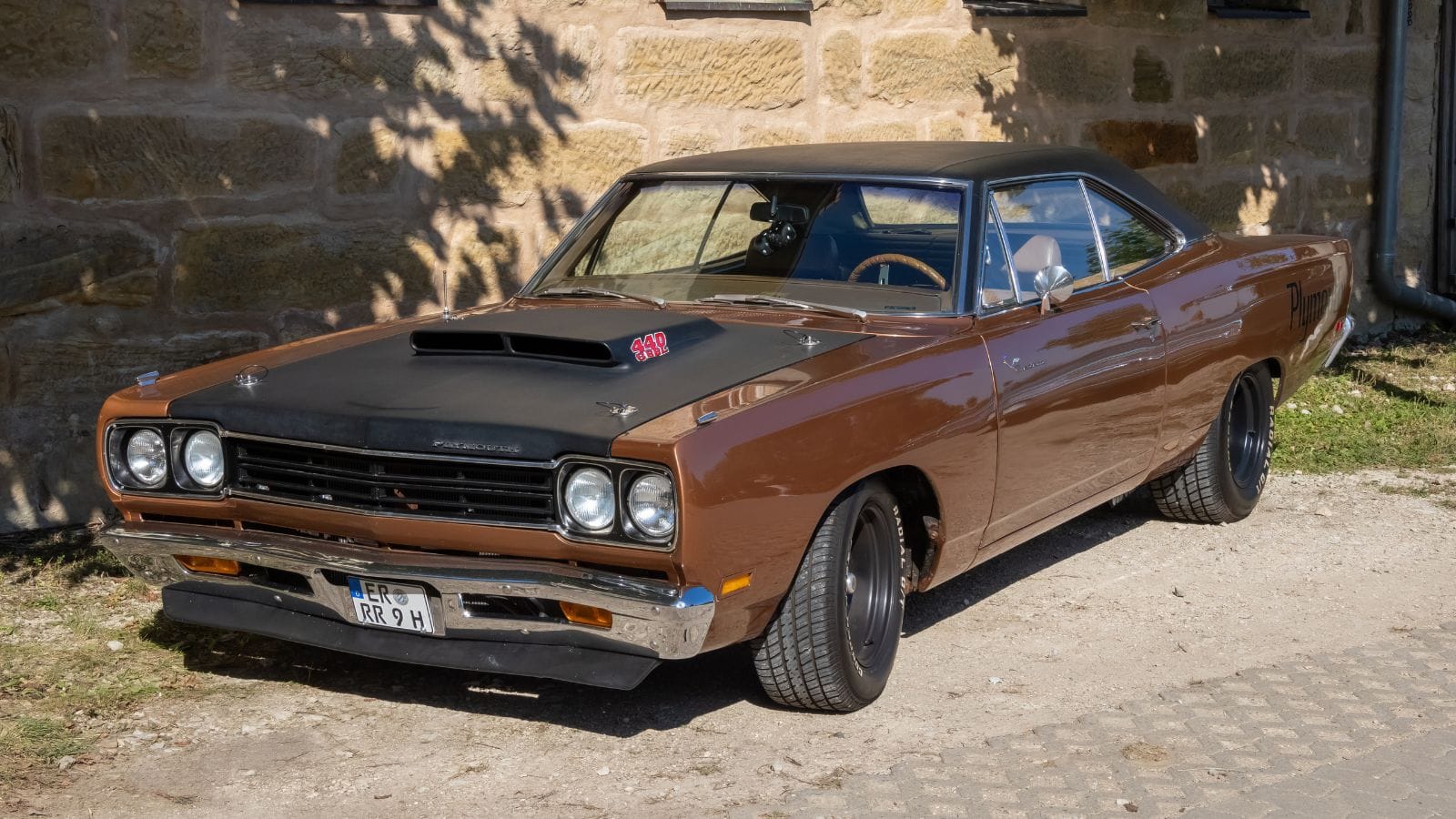
The Road Runner proved you could have big power for a bargain price, but it also proved cheap suspension didn’t belong on fast cars. It was built for straight-line thrills and little else. Cornering meant hanging on tight as the body leaned, the tires squealed, and the steering took on a mind of its own.
1970 AMC Rebel Machine
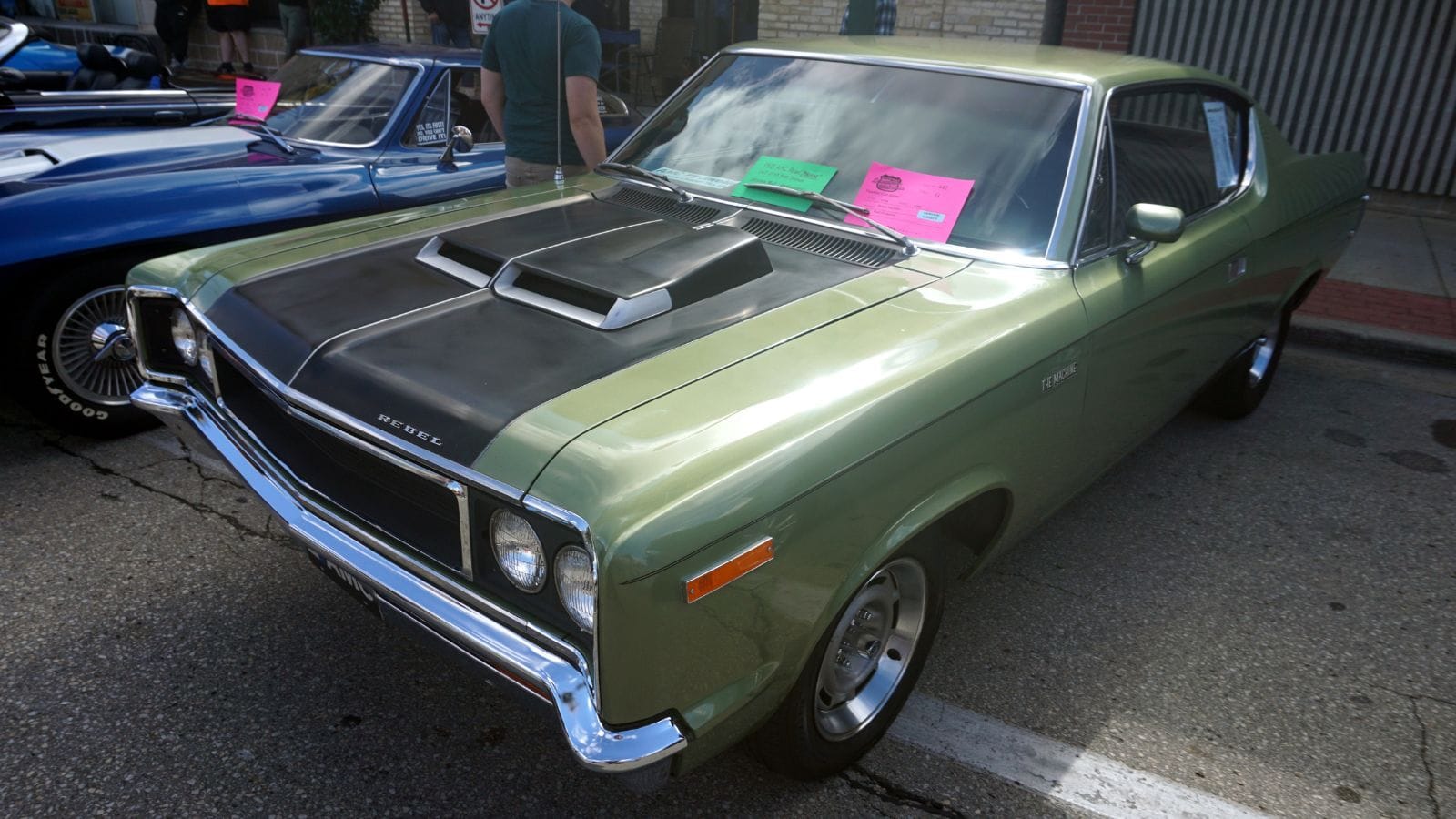
AMC wanted to join the muscle party with the Rebel Machine, a car with wild graphics and plenty of horsepower. Unfortunately, handling wasn’t part of the package. With its crude suspension and poor weight distribution, the Rebel Machine was unpredictable at best. It was loud and fast, but twisty roads revealed its weak spots instantly.
1972 Ford Gran Torino Sport
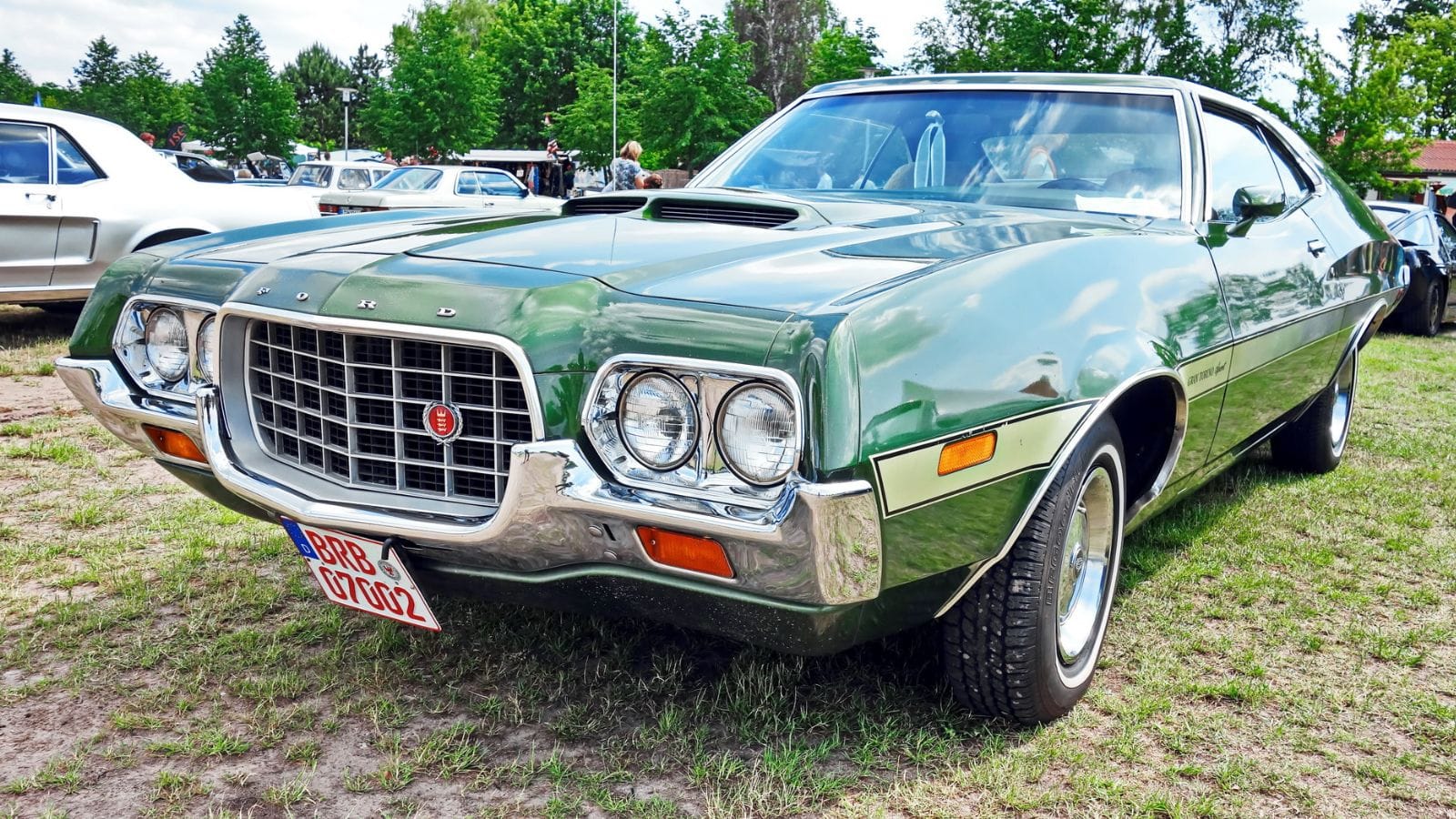
The Gran Torino was a stylish heavyweight with the power to impress at a stoplight. But once you asked it to turn, the fun stopped. Its steering was slow, body roll excessive, and the suspension wallowed like a boat. On the open road it cruised fine, but anything resembling a sharp corner was its worst enemy.
1970 Buick GS 455 Stage 1

The GS 455 had torque in spades, but all that power only highlighted how poorly it handled. The car leaned hard in turns, the brakes faded fast, and the steering was more of a suggestion than a precise tool. Owners loved the raw grunt, but driving it quickly on backroads was borderline terrifying.
1971 Oldsmobile 442

The 442 remains a legend in muscle car lore, but not for its handling. With tons of weight and a soft, comfort-biased suspension, it wallowed through curves. Its big block engines made it fast in a straight line, but keeping control through corners was more about faith than engineering.
1969 Dodge Charger R/T
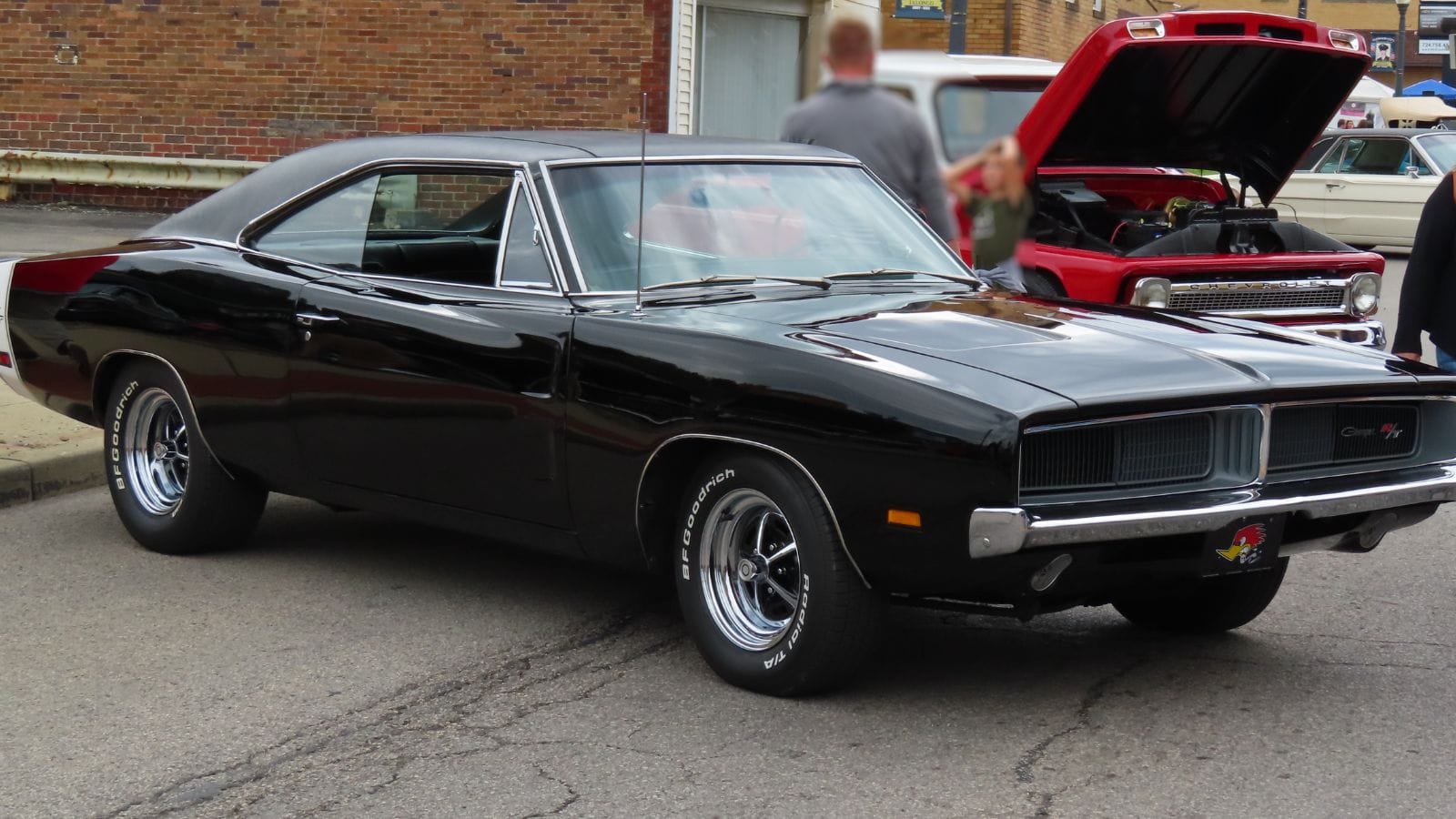
The Charger was pure style and menace, with engines that made the ground shake. But despite its popularity, especially on screen in The Dukes of Hazzard, it handled poorly in real life. Long, heavy, and soft-sprung, the Charger understeered heavily and felt unstable at speed through corners. It was a drag strip darling, not a driver’s car.
1970 Ford Mustang Mach 1 428 Cobra Jet
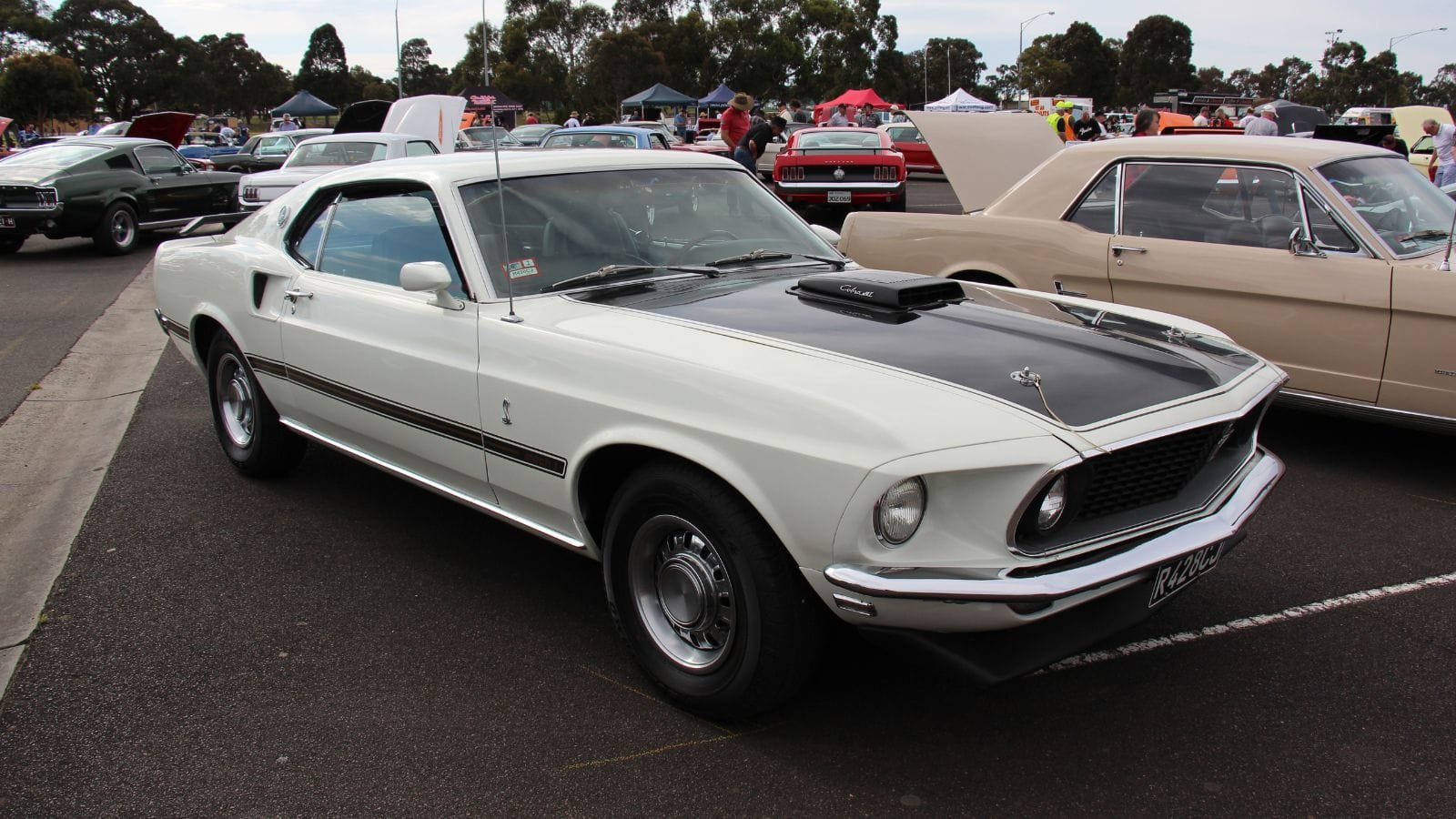
The Mach 1 Cobra Jet was brutally quick in a straight line, but the heavy big block upfront meant handling suffered. Nose-heavy balance made turn-in sluggish, while old-school suspension left it bouncing and rolling through curves. Beautiful, fast, and iconic, yes—but precision was not its strong suit.
1973 Chevrolet Chevelle SS 454

By 1973, muscle cars were getting heavier and softer, and the Chevelle SS was no exception. The 454 engine gave it brute force, but the suspension was tuned for comfort, not agility. It leaned heavily in corners, steering felt disconnected, and stopping distances were long. It was a muscle car you didn’t want to hustle too hard.
1970 Plymouth GTX
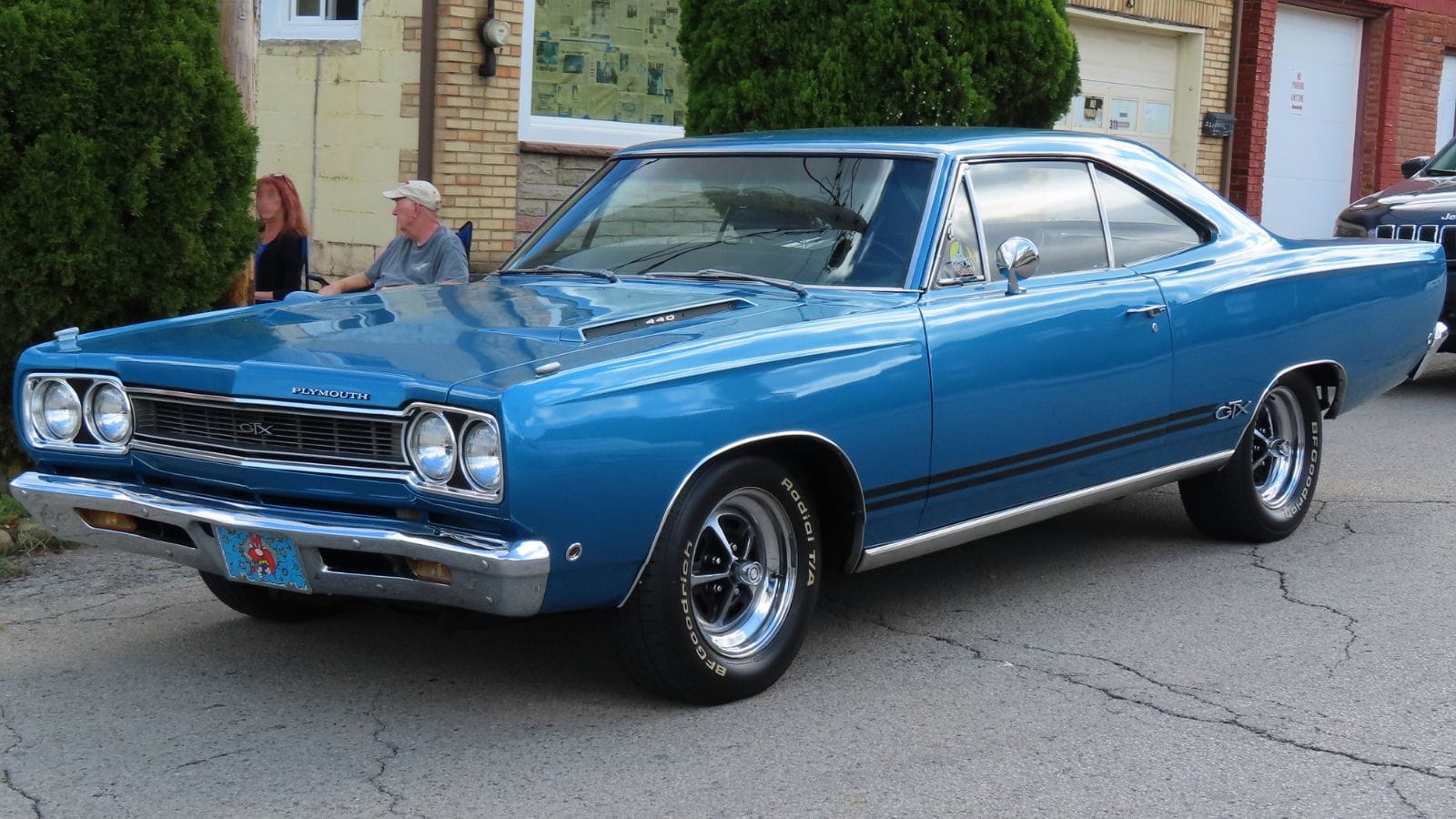
The GTX had style, performance, and plenty of road presence. What it didn’t have was agility. With weight approaching two tons and suspension designed for straight-line blasts, it was clumsy in corners. Taking a GTX on a twisty road was more comedy than performance, as drivers fought body roll and vague steering at every turn.
1968 Mercury Cougar XR7-GT

The Cougar wanted to be a more refined Mustang, but stuffing it with big block power only made it worse to handle. The added weight destroyed its balance, and the suspension wasn’t up to the task. While it looked sharp and had plenty of muscle under the hood, handling was sluggish and uninspiring.
1971 Pontiac Firebird Formula 455
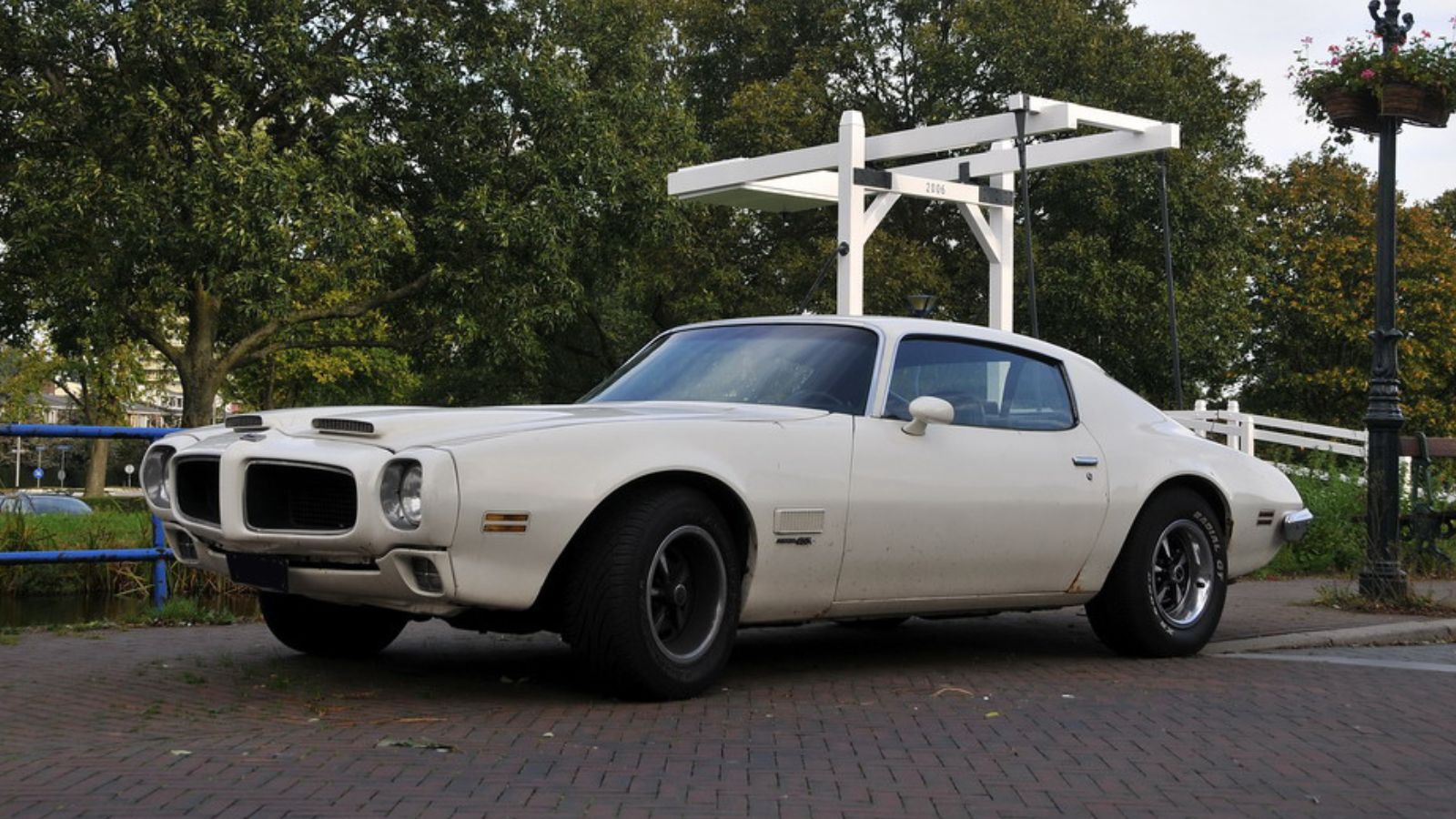
The Formula 455 gave buyers serious muscle-car grunt, but at the cost of control. With primitive suspension tuning and weight that overwhelmed its chassis, it became a handful in fast driving. It was quick in a straight line but twitchy and unstable when asked to do anything more than that.
25 Facts About Car Loans That Most Drivers Don’t Realize

Car loans are one of the most common ways people fund car purchases. Like any other kind of loan, car loans can have certain features that can be regarded as an advantage or a disadvantage to the borrower. Understanding all essential facts about car loans and how they work to ensure that you get the best deal for your financial situation is essential. Here are 25 shocking facts about car loans that most drivers don’t realize:
25 Facts About Car Loans That Most Drivers Don’t Realize
